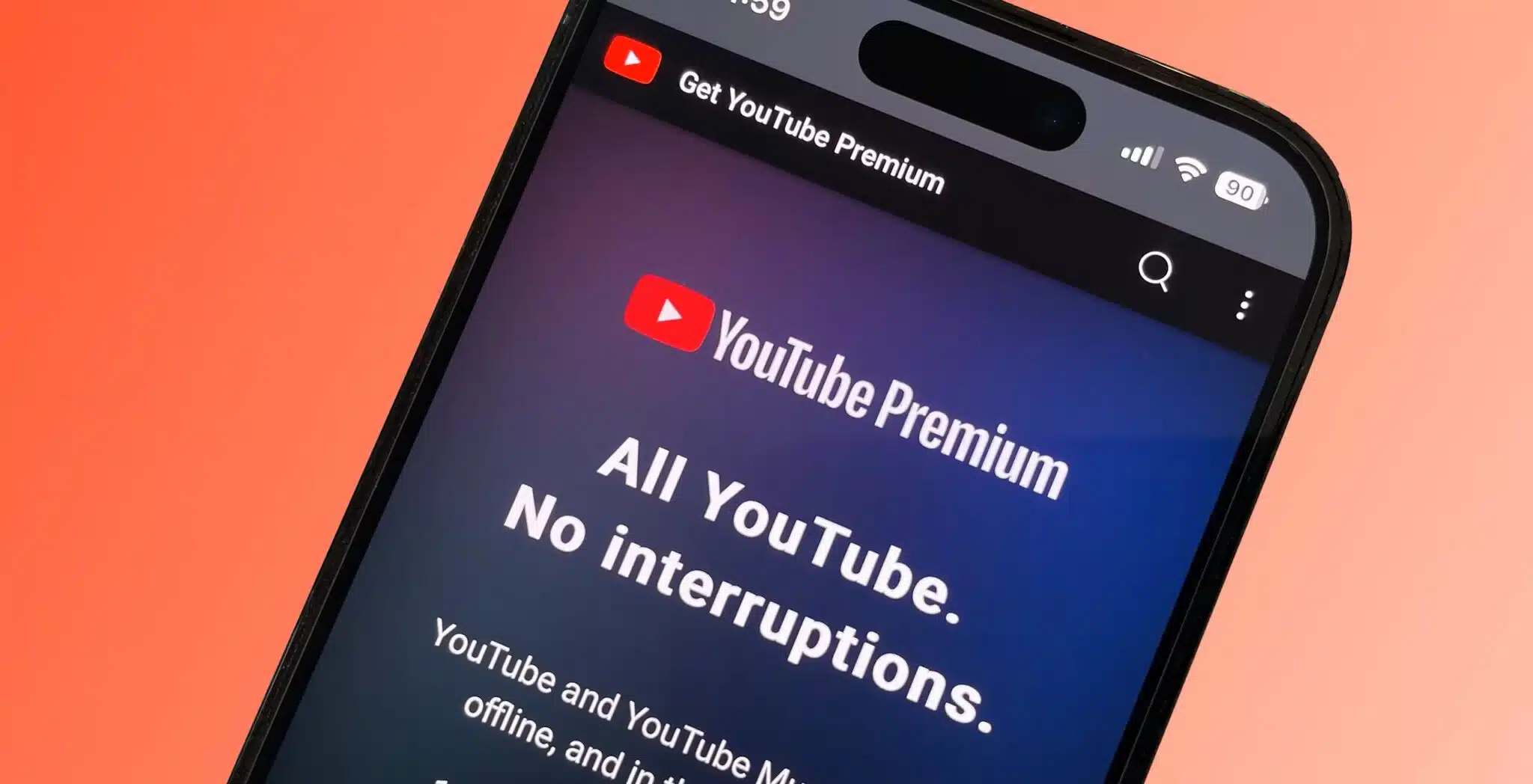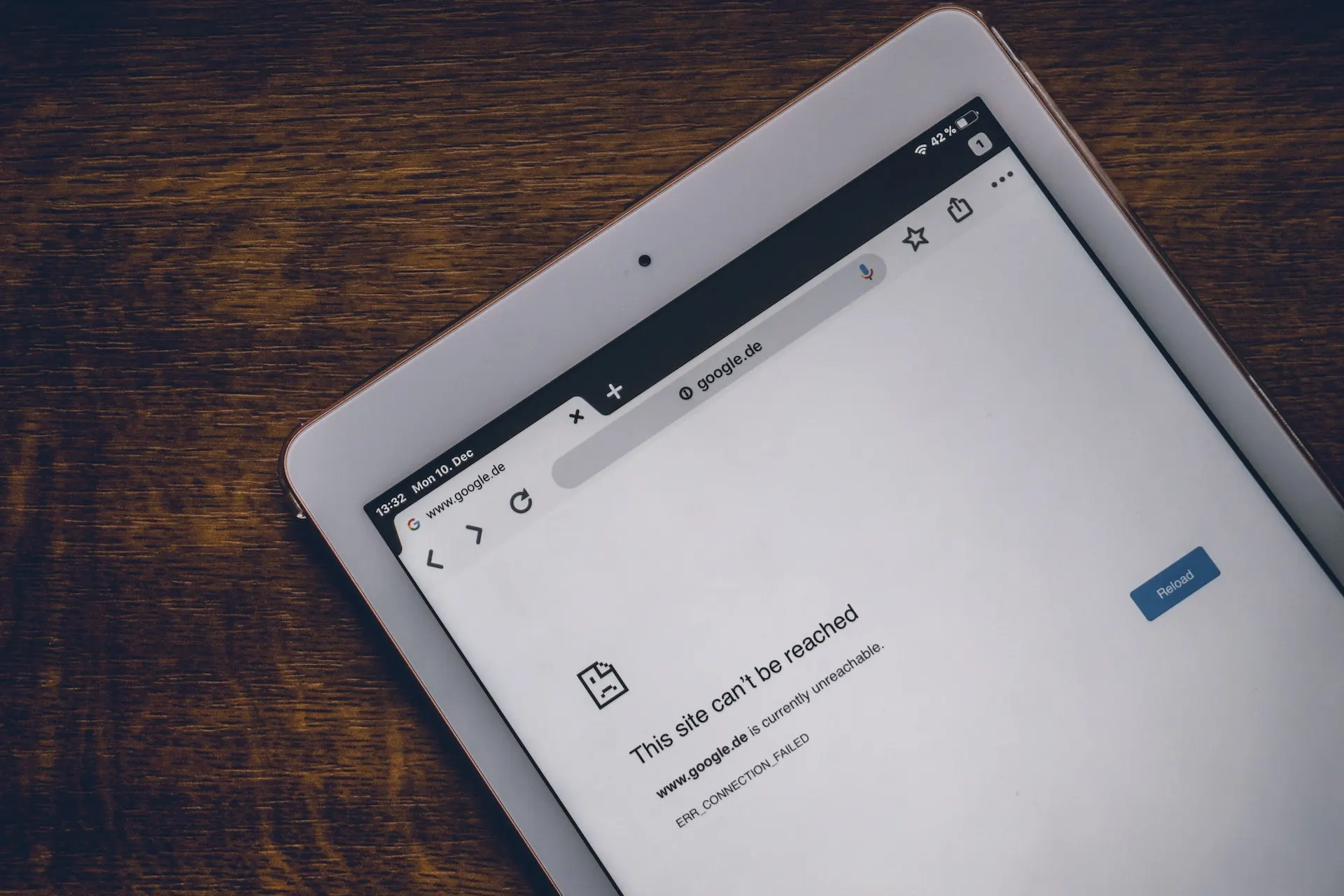YouTube, the streaming service owned by the search engine giant Google, recently increased the price of its YouTube Premium service in several countries, including Nigeria and South Africa.
In an email sent to premium subscribers in Nigeria on April 4, 2025, YouTube wrote, “To continue delivering great service and features, we’re increasing your price to ₦1,700.00/month. We don’t make these decisions lightly, but this update will allow us to continue to improve YouTube Premium and support the creators and artists you watch on YouTube.”
YouTube is a free video-streaming service, but its paid product, called YouTube Premium, gives subscribers access to ad-free music and videos as well as background play. Before the increase, the service cost ₦1,100 per month in Nigeria.
The price adjustment is expected to take effect from the users’ next billing date.
YouTube has also effected changes to the price of its services in South Africa. From the middle of the year, YouTube Premium will be going up to R81.99 per month for the individual plan and R149.99 per month for the family plan. Users who only subscribe to YouTube Music will now pay R64.99 instead of the previous R59.99 per month.
Nigeria and South Africa are not the only ones hit by this increase. Some subscribers in the United States who have been paying $7.99 for YouTube Premium for being early adopters of its 2014 rollout—Music Key, a predecessor to YouTube Music—are also experiencing their first price increase in a decade.
In February, Google announced the increase of its Google One cloud storage service in Nigeria, Egypt, Ghana, and the United Republic of Tanzania, among other countries globally. These increases signal a hike in the cost of Google services and of other global service providers like Netflix, Starlink, and Microsoft, who have been implementing price changes in Africa since 2024.
This further indicates the impact of the worsening economic situation on businesses within and outside Africa.











